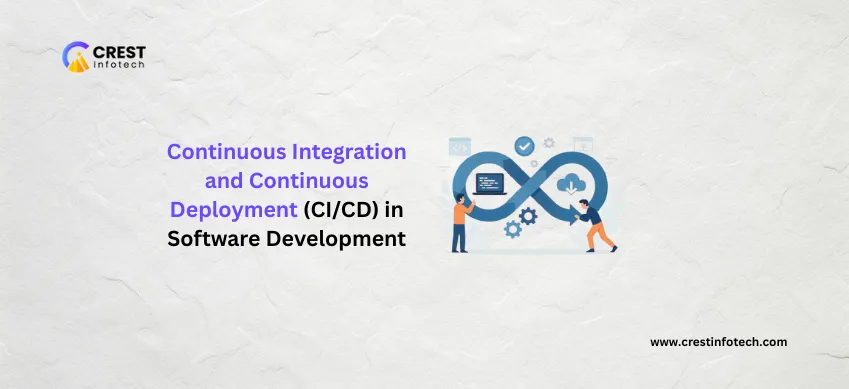Continuous Integration (CI) and Continuous Deployment (CD) are modern software development practices that automate code integration, testing, and release, helping teams deliver high-quality software faster and more reliably.
1. What is Continuous Integration (CI)?
CI is the practice of frequently merging code changes into a shared repository to detect issues early.
- Developers commit code regularly, often multiple times a day
- Automated builds and tests run on every commit
- Helps catch integration bugs and conflicts early
- Ensures codebase remains in a deployable state
2. What is Continuous Deployment (CD)?
CD extends CI by automatically deploying tested code to production or staging environments.
- Automates the release process to reduce manual intervention
- Enables faster feedback from real users
- Supports continuous delivery of new features and fixes
- Requires strong automated testing and monitoring
“Continuous Deployment turns your software pipeline into a delivery machine.”
3. Benefits of CI/CD
Implementing CI/CD brings many advantages to software projects.
- Improves code quality and reduces bugs
- Speeds up release cycles and time-to-market
- Facilitates collaboration among distributed teams
- Minimizes risks by deploying smaller changes frequently
4. Key Components of a CI/CD Pipeline
A robust pipeline includes several automated stages.
- Source Control: Code repository like GitHub or GitLab
- Build Automation: Compiling and packaging the application
- Automated Testing: Unit, integration, and UI tests
- Deployment Automation: Releasing code to staging or production
- Monitoring: Tracking application health and performance post-deployment
5. Popular CI/CD Tools
Many tools simplify setting up and managing CI/CD pipelines.
- Jenkins: Highly customizable open-source automation server
- GitHub Actions: Integrated workflows for GitHub repositories
- GitLab CI/CD: Built-in pipelines for GitLab projects
- CircleCI: Cloud-based continuous integration service
- Travis CI: Easy-to-configure CI service for open-source projects
“Choosing the right tool depends on your project’s ecosystem and team preferences.”
6. Best Practices for Implementing CI/CD
To get the most out of CI/CD, follow these guidelines.
- Start small with a minimal pipeline and iterate
- Automate as much testing as possible
- Keep builds fast to maintain developer productivity
- Monitor pipeline health and address failures promptly
- Ensure security is integrated into the pipeline (DevSecOps)
Final Thoughts
Continuous Integration and Continuous Deployment empower teams to deliver software efficiently and reliably. By automating builds, tests, and releases, you reduce errors, accelerate feedback, and create a solid foundation for agile development.



